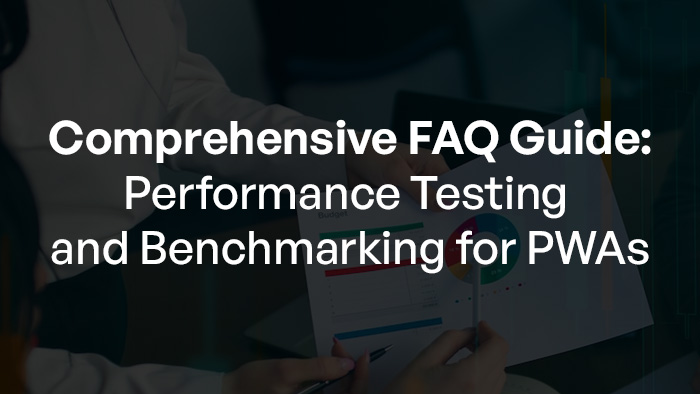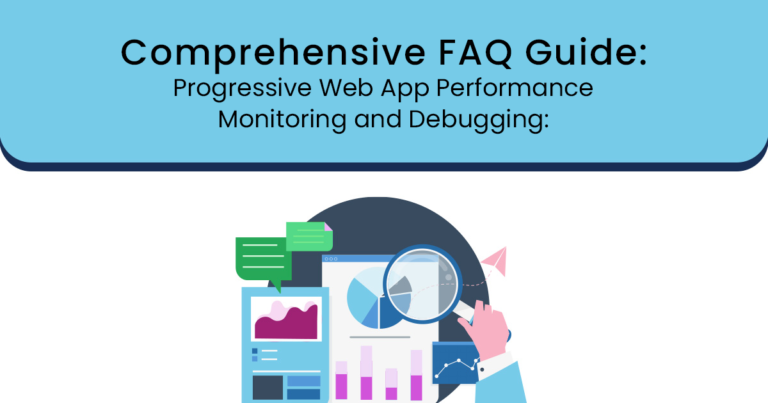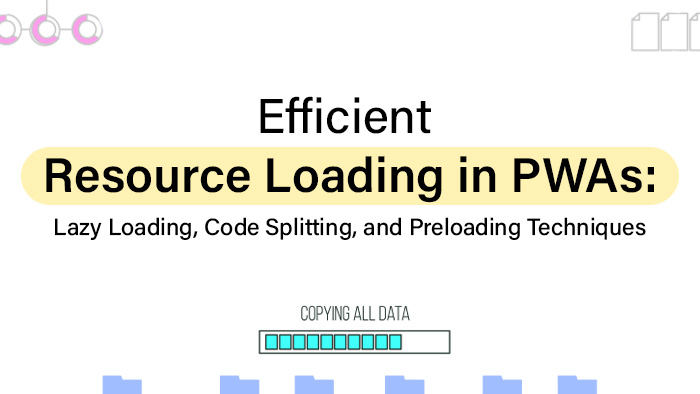
Advanced Techniques for Progressive Web Apps (PWAs)
This article aims to explore advanced techniques for Progressive Web Apps (PWAs), focusing on various aspects such as: Service worker functionality Offline support User experience enhancements Push notifications Secure communication Integration of native device features Accessibility considerations Search engine optimization By examining these topics in an objective and impersonal manner, this article seeks to provide a comprehensive understanding of the technical advancements in PWAs and their potential impact on web development practices. Key Takeaways Background sync allows offline data to be synchronized with the server once a network connection is available. Thorough testing, debugging, and using browser developer tools are strategies to address troubleshooting issues related to background sync. Proper error handling is crucial for ensuring successful background sync implementation. Employing strategies like personalization and intelligent scheduling can optimize push notifications for enhanced user engagement. Advanced Service Worker Techniques: Background Sync, Push Notifications, and Data Pre-caching One of the advanced techniques for progressive web apps is the implementation of background sync, push notifications, and data




